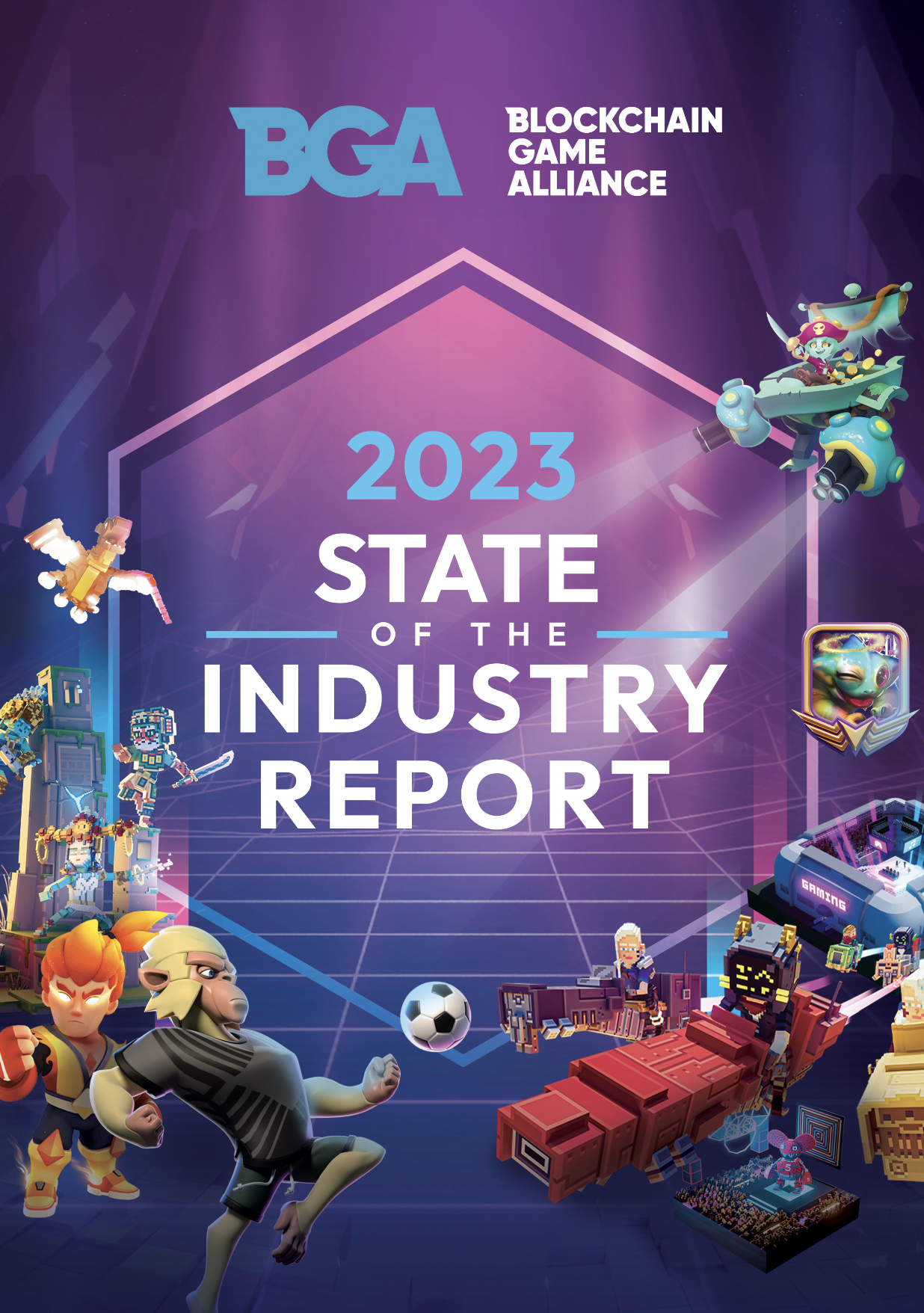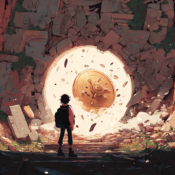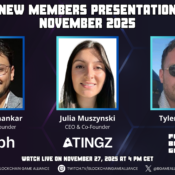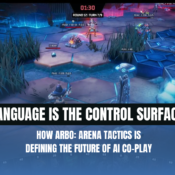
Web3 Onboarding in 2025: Is Friction a Thing of the Past?
At GDC 2025, a deeply insightful panel gathered voices from across the Web3 gaming stack: Kristian Metzger, founder of the studio Stratosphere Games behind Desolation, Sam Barberie from Sequence, and Ben Miller from SKALE. Together, they peeled back the layers of Web3 game development—what’s working, what’s not, and what’s finally changing.
The key message? The tech is ready, but the mindset needs to evolve. It’s time to stop building for hype and start building for retention.
“We finally have the tech we needed three years ago… but now the money is harder to come by.” – Kris, Desolation
From Web2 Skeptic to Web3 Believer
Kris opened up about his journey: from a traditional Web2 free-to-play mobile game studio to building a blockchain-powered roguelike. Initially skeptical of the “play-to-earn” narrative, it was the ownership layer that changed his mind.
“What really convinced me was user ownership. It’s not about speculation, it’s about giving players more agency.”
His team launched Desolation with a Web3 core—but he warned that many Web3 games fall into a dangerous trap: relying too heavily on pre-launch hype to drive onboarding. When the time comes to deliver, most aren’t ready.
“When the game goes live, you can’t match the hype without serious infrastructure and budget.”
Onboarding in Web3 Is More Serious—Because It Has Real Consequences
Sam from Sequence broke down the stakes: onboarding in Web3 isn’t just about helping a player click “start.” It’s about managing real-world value, reputation, and permanence. Assets minted on-chain carry weight—and players know it.
“You can’t just reboot a server and fix everything like in Web2. The chain remembers.”
That’s why onboarding needs to be reimagined—for both developers and players. Sequence works closely with SKALE to provide plug-and-play tooling and infrastructure that help teams build with future-proofing in mind.
SKALE + Sequence: Making the Developer Journey Frictionless
Ben from SKALE emphasized the importance of enabling devs, not just players. Their collaboration with Sequence offers a seamless backend: no gas fees, social logins, and fast-track integrations for teams that don’t want to reinvent the wheel.
“A player should be able to log in with email, start playing, and earn assets—all without ever seeing a wallet popup.”
This is how Web3 becomes invisible—not by hiding it, but by making it irrelevant to the fun.
The Account Abstraction Shift: Seamlessness as a Standard
Sam highlighted how account abstraction changed everything. Sequence helped define the standards (like ERC-4337), allowing games to remove friction points like MetaMask downloads, upfront funding, or constant signing popups.
“Those first few seconds of a game matter. If a user bounces, you just wasted your UA budget.”
But he cautioned that solving onboarding alone isn’t enough. Web3 games often fail to deliver a full-stack UX. Many still redirect users to clunky third-party marketplaces, rather than creating native in-game experiences.
The Degen Trap: Why Web3 Needs to Focus on Gamers
Kris was blunt about the problem:
“We get flooded with: ‘When’s the token? When’s the NFT?’ It’s distracting—and it’s not sustainable.”
While these early users sometimes provide liquidity, they’re rarely long-term players. He compared them with Web2 whales who spend thousands and stick around for months—not because they can resell assets, but because the game is fun.
“In Web2, players can’t resell. That’s why they stay. In Web3, one mistake and everyone dumps. It’s brutal.”
Real Success Comes from Real Games, Not Flashy Budgets
Ben shared the story of an indie developer on SKALE who launched a simple platformer game—no big budget, no token drops, no hype.
“It was fun. That’s it. He built a Discord community, ran competitions, and grew organically. Soon, it was one of the top-ranked games on DappRadar.”
This kind of slow, community-led success story is exactly what Web3 needs more of.
Developer Education Is the Next Frontier
Ben and Sam stressed that onboarding devs is now a top priority. That means training, tools, and reassurance.
“Blockchain isn’t scary. You don’t have to know gas mechanics or build a wallet from scratch anymore.”
SKALE even launched a dedicated indie dev onboarding program—aimed at showing traditional studios that Web3 doesn’t mean abandoning their core design philosophies.
Slow Games Win the Race
For Kris, the biggest lesson has been about timing. His team had the vision—but the tech and investor environment weren’t ready when they started. Now that the tooling is finally in place, raising funds is harder. Irony, or poetic justice?
“Everything in Web3 is about timing. Sadly, we were a bit early—but now we’re ready.”
He hopes the industry can move away from the hype cycle, and toward more sustainable, long-term ecosystems.
So… What Comes Next?
Ben concluded with a hopeful message. The conversation around onboarding is evolving—from “how do I mint?” to “how do I scale a game that players love?”
“A year from now, let’s not have another panel on onboarding. Let’s talk about gameplay, marketing, and community.”
Tags
Recent Posts
